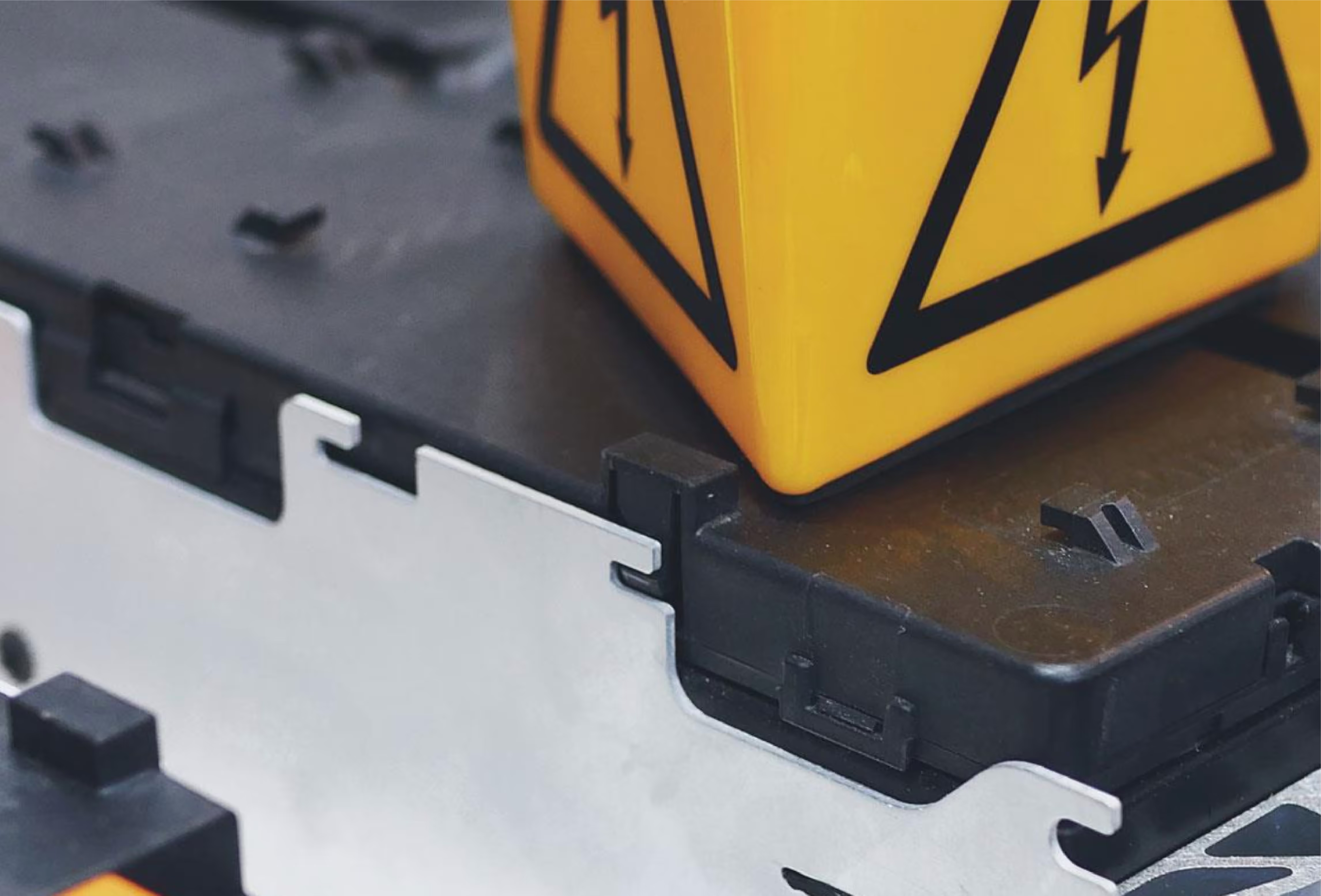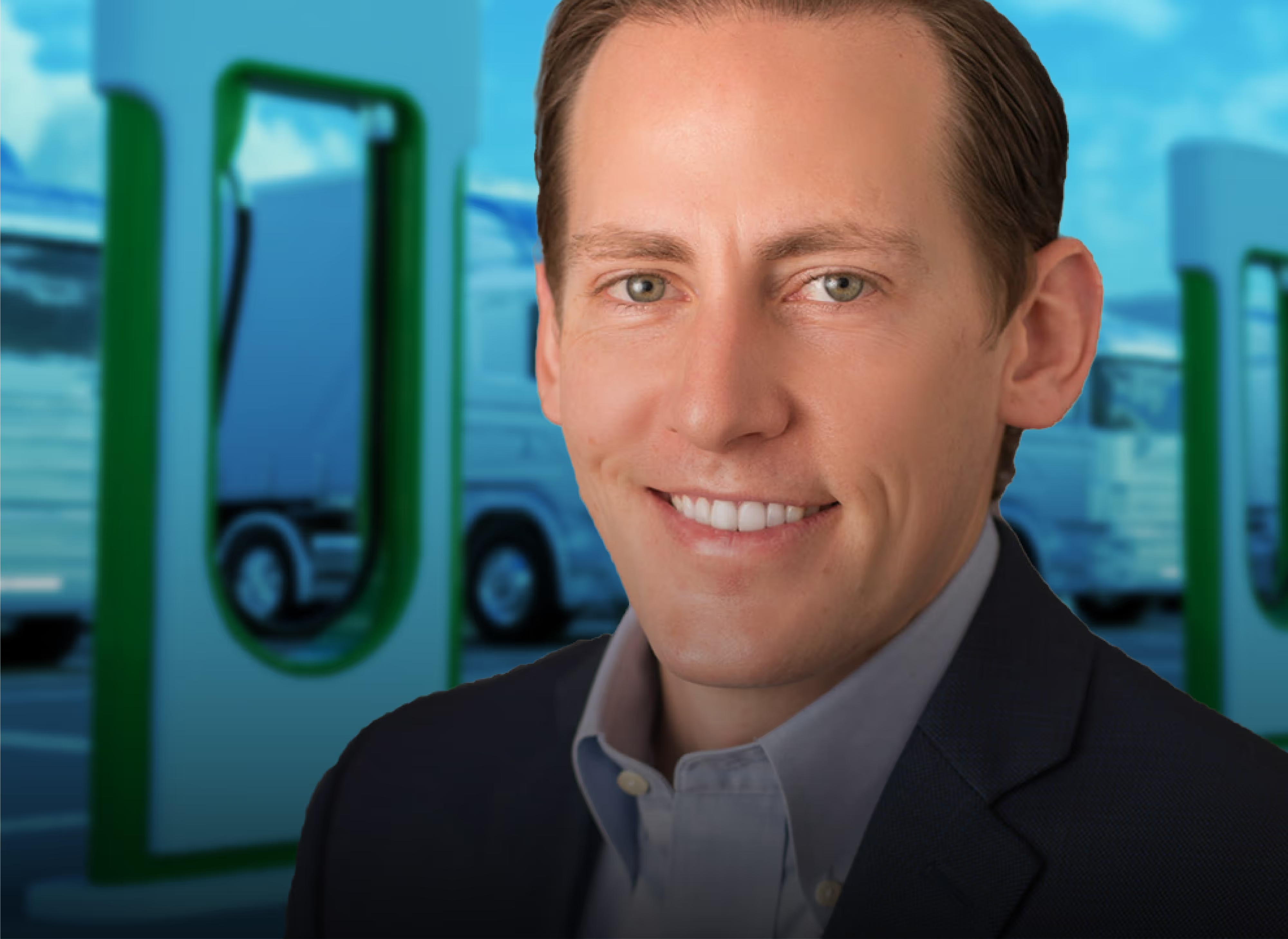McKinsey saw enough of the road ahead to anticipate a major shift in the automotive and transportation industries—everything from personal cars to commercial trucks and off-highway equipment. In response, it formed the McKinsey Center for Future Mobility (MCFM) in 2015, a global think tank at the forefront of analyzing the challenges and opportunities in electrification, connectivity, autonomy and evolving transport modes. Essentially, the future of how we move.
MCFM has been instrumental in optimizing and scaling charging networks, battery gigafactories and electric vehicles (both car and trucks) worldwide, according to Patrick Hertzke, a McKinsey partner and co-leader of the group’s electrified vehicle and battery and charging service line. In the case of charging infrastructure, McKinsey has used advanced geospatial capabilities to help clients determine optimal locations for charging stations, taking into account current and future demand patterns. The work extends beyond personal vehicles to include commercial fleets, where the challenges of electrification are magnified. "When you're at pilot scale and electrifying two or three vans or a couple of trucks at a depot, that's one thing,” says Hertzke. “When you get up to 10, 20 or 100-plus vehicles, and the grid goes tilt, how do you deal with that challenge in the most economical way?"
This is why artificial Intelligence plays an increasingly important role in the mobility sector, he says. To that end, McKinsey helps clients leverage AI across various applications, including managing aftermarket parts for truck fleets, optimizing electrical loads for large-scale vehicle charging, and overseeing demand response systems that regulate power consumption across neighborhoods to avoid brownouts or blackouts.
And speaking of customer demand, while the long-term trajectory for light vehicles, last-mile delivery and other segments are aimed clearly toward electrification, Hertzke says, there’s no question that the short-term landscape presents “teething pains.” A recent Mobility Consumer Pulse survey of 30,000 global respondents (which McKinsey conducts annually1) on electric vehicle market trends and consumer sentiments highlighted concerns among existing EV owners, including charging access when away from home, limited range of early generation vehicles and unanticipated drops in residual values.
“Consumers and B2B fleets are rational,” says Hertzke. “They're really good at sniffing out value for money. Give me something that accelerates faster or has less maintenance, and something that’s more sustainable. Great! But if I have to change my lifestyle or operations to feed it into my daily life or business—and if I have to pay a lot more for it—that might be a different story.”

Speed bumps aside, ongoing innovations in battery technology will be a game-changer. “It can't be understated how important battery innovation and tech is to this transition,” he says, noting that the cost of batteries has plummeted from around $1,000 per kilowatt-hour in the early 2000s to less than $100 today for many original equipment manufacturers (OEMs). And although the technology that will ultimately have the biggest influence has yet to be determined, Hertzke anticipates batteries will become twice as dense, charge two to three times faster and cost even less in the near future.
He also highlights the increasing importance of vehicle software, both for fixing problems and adding new features. “Every new vehicle—it doesn't matter which type, moving people or goods—is a software-defined vehicle,” he says. “And if it's a fully electric vehicle, even more so.” It’s a shift that’s particularly pronounced in China, where digital features are becoming more crucial in consumer or B2B e-truck or e-van fleet decision-making than traditional brand considerations.
Hertzke sees the mobility landscape only becoming more dynamic and on demand. Autonomous vehicles are operating in places as varied as Phoenix and Wuhan, China, he says, though their adoption worldwide will likely be uneven due to varying infrastructure, regulations and individual environments. He points to Naples, Italy, as an example of the challenges of implementing autonomous vehicles across the board, even when technically feasible: “All those Vespas flying around left and right? An autonomous fleet would shut that city down—it would immediately lose its license to operate.”
Hertzke concludes by raising a question about a new challenge. While the transition to electric results in a decreased carbon footprint over a vehicle’s lifetime, there’s still further opportunity to improve the emissions benefits, versus internal combustion engines, which will come from battery production: “How do we decarbonize the supply chain upstream? That’s a whole new topic, and one that's being tackled right now.”


.avif)
.avif)
.avif)